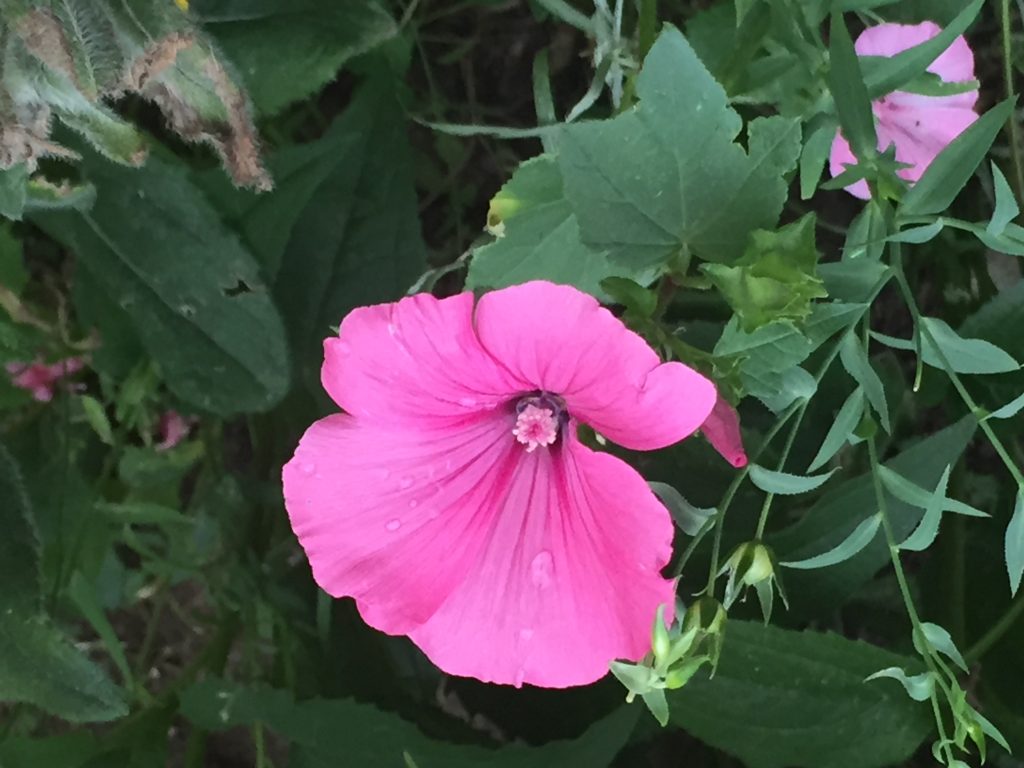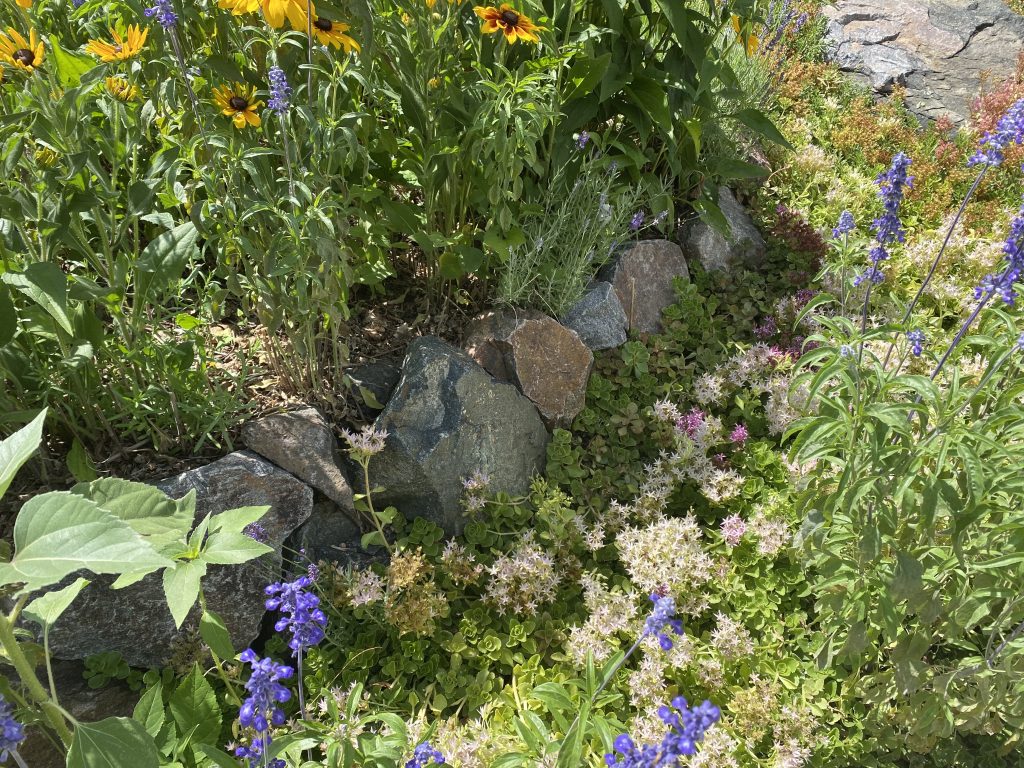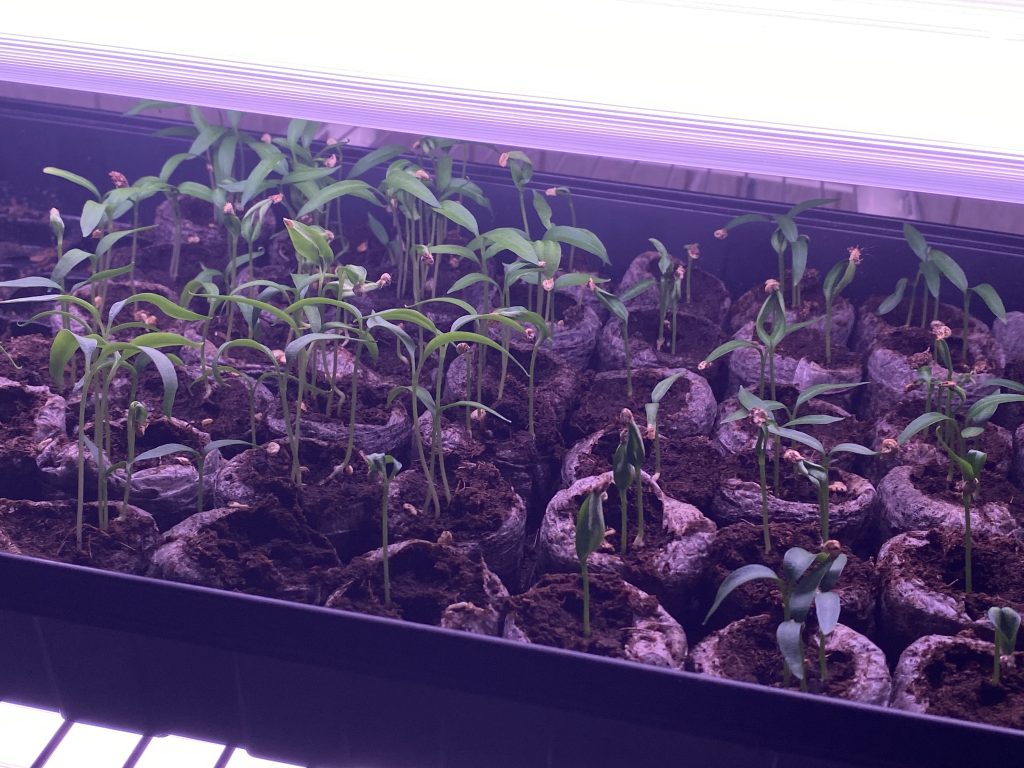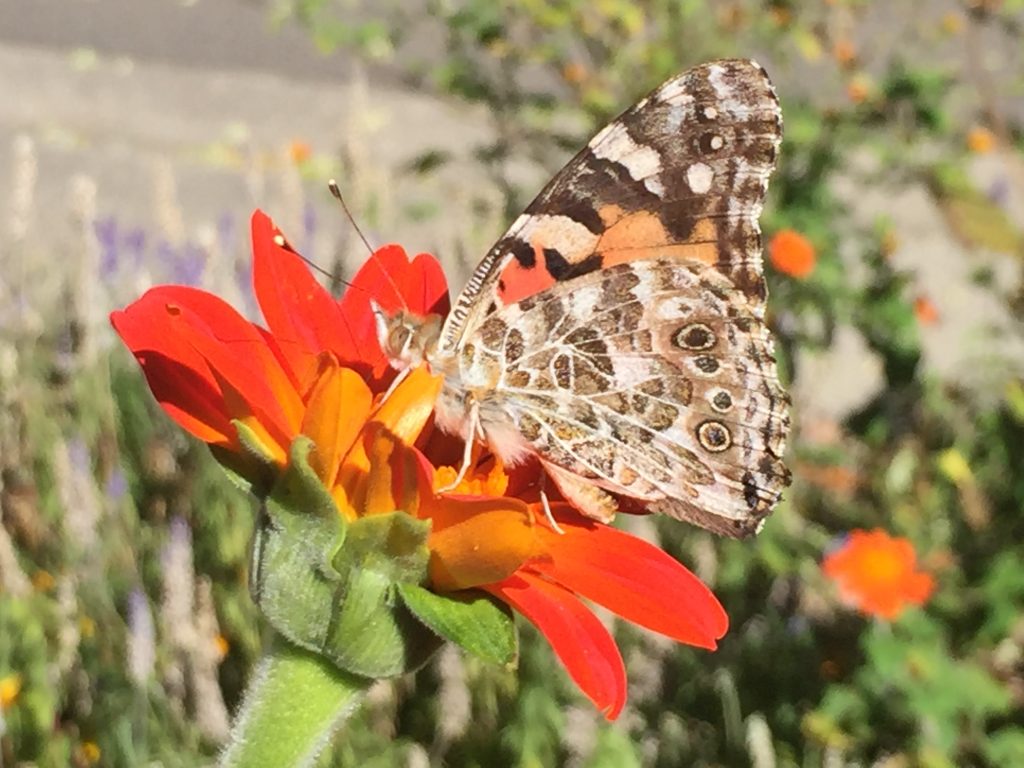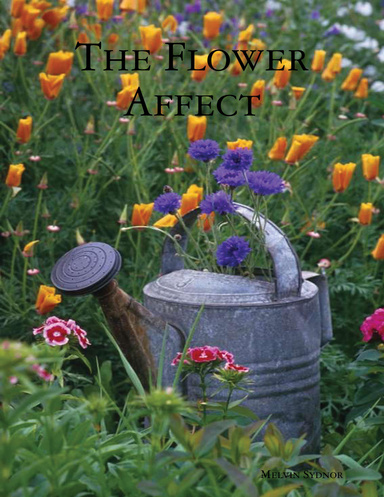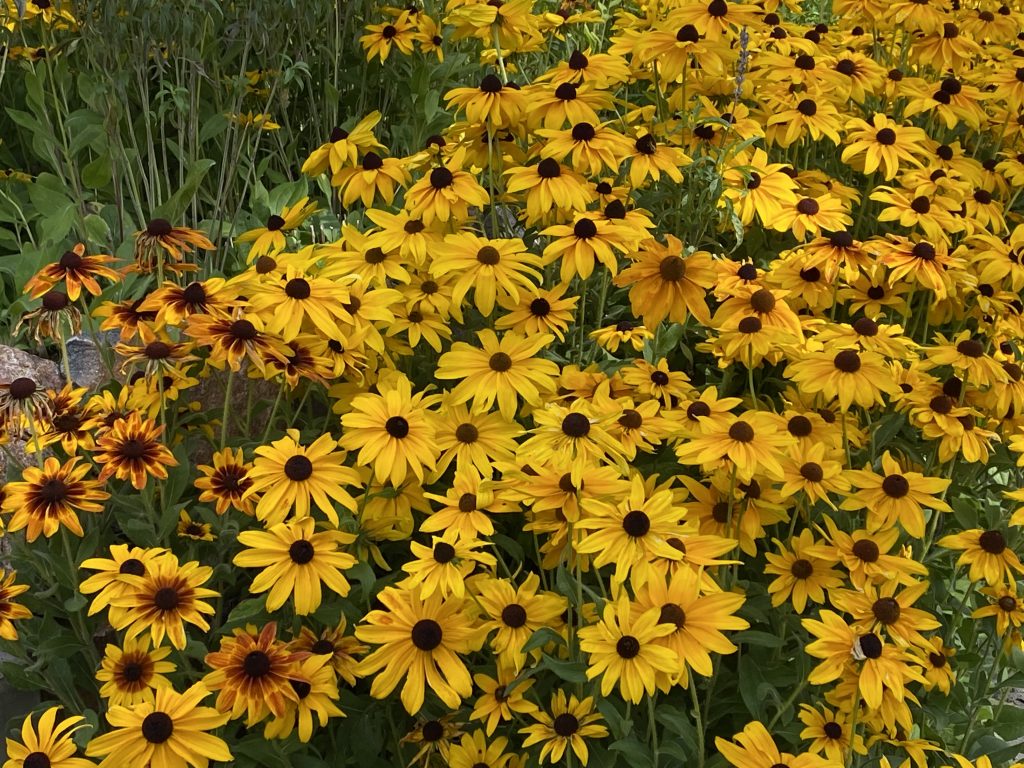
Over the years one of my favorite flowers to cultivate has been Rudbeckia. Rudbeckia, or Black-eyed Susan, is a vibrant flower native to North America and named after Swedish botanist Olaus Rudbeck. It features yellow petals with a dark center and is commonly found in prairies, meadows, and gardens. Thriving in well-drained, fertile soil and full sunlight, Rudbeckia can tolerate partial shade and requires regular watering. Seeds should be planted in early spring or late fall. This resilient, low-maintenance flower attracts pollinators and adds a splash of color to any garden. Cheers

